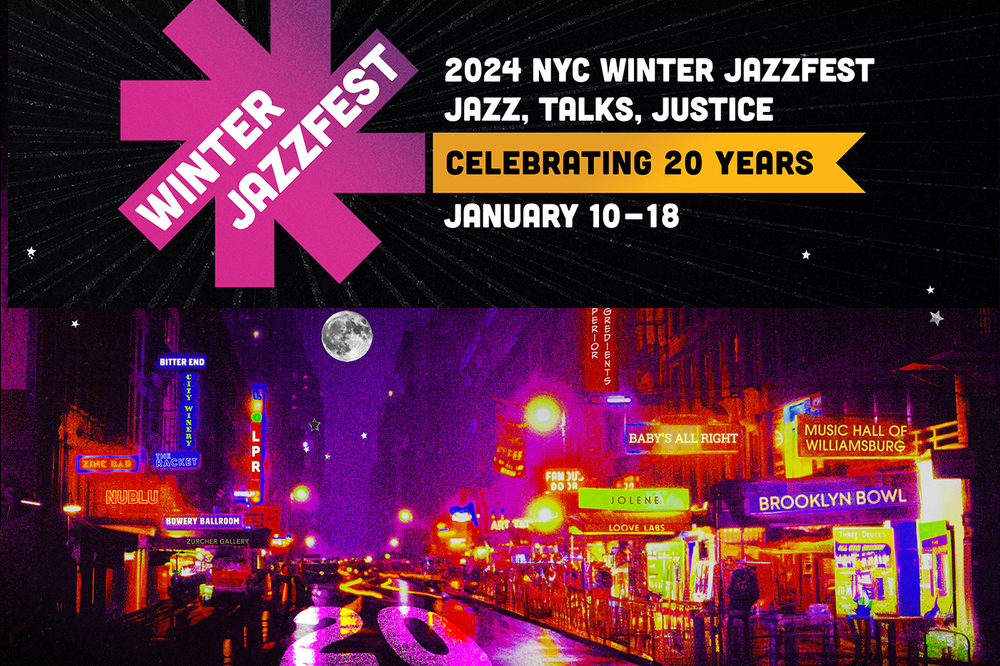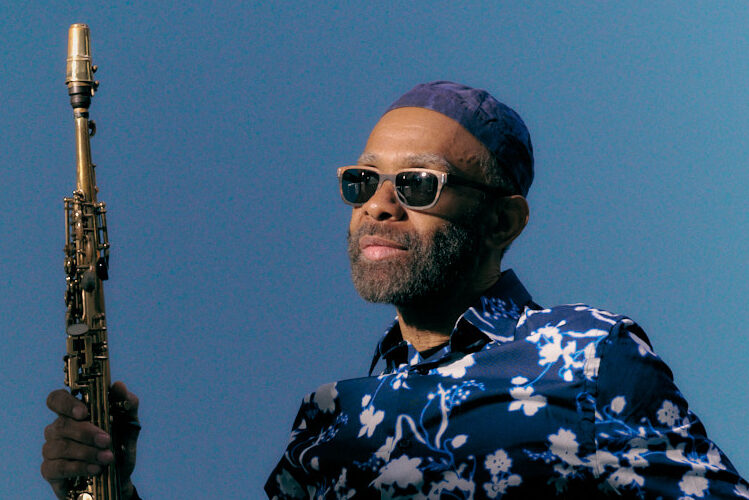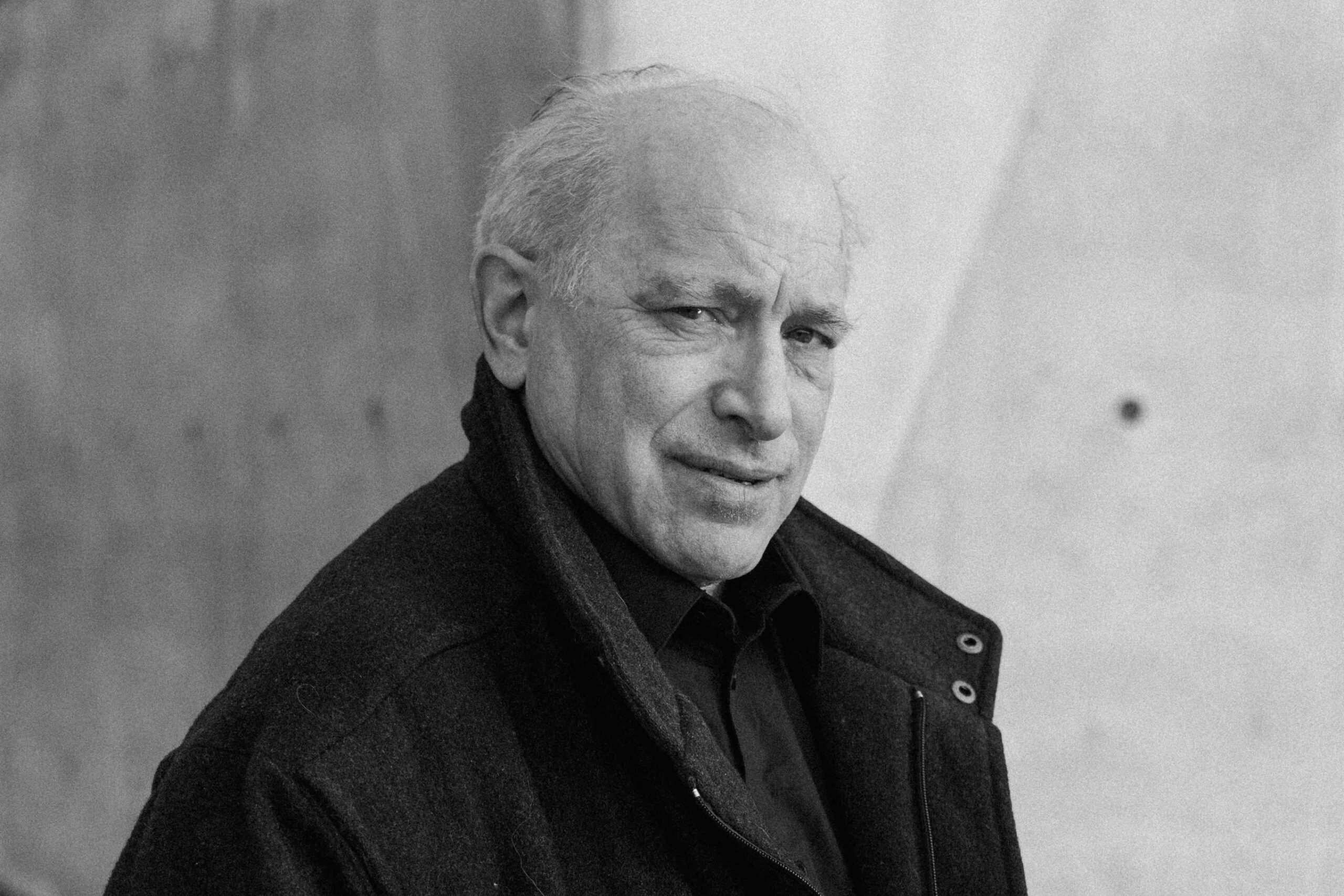Marathon of Discovery: A Conversation with Winter Jazzfest Founder/Producer Brice Rosenbloom on the Festival at Twenty Years
|
Getting your Trinity Audio player ready...
|
For over a century, New York City has been the epicenter of jazz music. While many artists develop their craft elsewhere, it is in the City that Never Sleeps that they often reach their creative zenith. The artistic power of New York comes partly from the powerful culture of creativity birthed there. This same environment has made Winter Jazzfest into one of the world’s top music events. Now in its twentieth edition, the festival shares some of the city’s finest talent – and that of many other artists from across the globe – with open-minded listeners.
Because the Winter Jazzfest schedules so many artists each year, it is difficult to provide an overview of the 2024 Festival. The bookings are so voluminous that the highlight of each year is often two marathons of music run by the event, one in Manhattan and another in Brooklyn. But even a cursory overview of planned shows provides a glimpse into the diversity of its bookings. On the first night, Wednesday, January 10, Tyshawn Sorey will reimagine Max Roach’s ‘Members Don’t Git Weary.’ The closer is Mononeon and Friends on Thursday, January 18th. In between those bookends are two nights of special performances with artist-in-residence Shabaka Hutchings, a star-studded one-off tribute to the art center the East, and an evening focused on Sun Ra’s poetry. There will also be a special tribute to pioneering composer Ryuichi Sakamoto, which we will explore more in a future post.
We sat down with Winter Jazzfest founder and producer Brice Rosenbloom to discuss the festival at its twentieth offering and what makes the event special.
PostGenre: 2024 marks twenty years since the first Winter Jazzfest. How did it first come together?
Brice Rosenbloom: Basically, I launched Winter Jazzfest to showcase talent I thought deserved more attention. I focused on doing so during the APAP [Association of Performing Arts Professionals], which takes place every January.
PG: Why did you decide to schedule it around the APAP conference?
BR: I had been attending the conference for several years before I launched the festival and felt that the jazz artists showcased at the conference failed to represent what I thought was interesting, hip, and cool about the New York music scene. Their selections failed to adequately represent the New York scene – or, really, several New York scenes – at the time. I felt that starting a festival would provide a great opportunity to showcase talent that deserved more attention. And, so, at the old Knitting Factory in Tribeca, on three stages, we presented eighteen groups to an audience of seven hundred people. Our audience was a mix of industry folks, avid jazz fans, and even some new listeners.
PG: The festival has grown a lot since then.
BR: Yeah, the festival has essentially grown every year since. We add more days and more venues each year. In addition to giving artists more exposure, we have always seen our growth as an opportunity to also grow the audience for the music. And in more recent years, we have started adding additional elements to the festival beyond performances, things like conversations with artists. Amplifying messages of social justice, gender equity, environmental justice, and other social causes have also become tenets of the festival.
PG: Do you have any thoughts on where Winter Jazzfest might be twenty years from now?
BR: We’ve talked about taking the festival to other cities. That’s something that I’d love to do, whether in the US or internationally. I think there would be strong interest in us doing that. We’d love to showcase great talent from New York and other cities. It would also be great to showcase or pair those New York artists with artists in those other cities.
PG: Is weather ever an issue in running the festival? January in New York is not always the nicest in terms of weather.
BR: Honestly, in last twenty years, we’ve seen the temperatures warm. There were winters fifteen or so years ago when it was frigid and below freezing with snow and sleet. But interestingly enough, in 2020, on the Friday and Saturday of the festival, it was seventy degrees outside. It was an odd spring weather in winter. The good weather had an interesting effect on our attendance because many people who normally would have just walked up and bought tickets preferred to sit outside instead of coming to the festival. So, actually, for 2020, the warm weather made it so we didn’t have the volume of walk-up sales that we expected.
PG: The 2020 festival fit right in before COVID hit the United States. But there was no in-person festival for 2021 or 2022 due to the pandemic. How do you feel those years, if at all, changed the trajectory of the festival going forward?
BR: We didn’t do an in-person session for those years, but we did have some online content. A little bit less in 2021 than in 2022, but we had some in both years. For 2022, we were ready to go with an in-person session and then the Omicron strain hit. We had to shift everything quickly online. We ended up producing online content where we sent thirty groups into studios, venues, and living rooms around the country to capture music that they would have performed at the festival. We then edited those recordings into five nights of programming.
PG: In terms of booking across New York City over multiple days, did you take any inspiration from what George Wein and Festival Productions did with the Newport Jazz Festival New York/ the JVC Jazz Festival and how they booked across the city?
BR: Definitely. I definitely took inspiration from George Wein and his team, including Danny Melnick, in terms of essentially booking multiple shows throughout a week at different venues. Also, right out of college, I worked for SF Jazz in putting on the San Francisco Jazz Festival. SF Jazz had a very similar model where it was a multi-day – from a week to ten days – festival. They also presented shows in different venues of different sizes throughout San Francisco.
As we grew beyond just a single day and being a two or three-day festival in the early years, we were proud to go into iconic venues in New York City like the Town Hall, Kings Theater, and the Apollo.
PG: Winter Jazzfest has always presented musicians from around the globe. As just one of several examples, Shabaka Hutchings is this year’s artist in residence. But you are also hosting the event in New York City, the epicenter for jazz music. Do you feel being in New York has advantages in terms of booking artists?
BR: Being in New York has certainly proven to help. We are so privileged to have incredible talent here in New York City at our fingertips. And of course, being in New York and having this talent here attracts a lot of the audience and presenters who come in from out of town to attend the festival.
But as you mentioned, we’ve always, even from the very beginning, presented artists from outside of New York as well. And in some years, we’ve highlighted artists from different countries. We have done a series of British artists every year for the past several years. In the past, we have also had a showcase of French artists. This year artists are coming in from South Africa, South America, and throughout Europe. We’re proud that the festival leans heavily towards New York, but we’re also proud that it attracts top international artists.
PG: What is your process for selecting artists?
BR: It’s a real mix. This year, we’re presenting over one hundred and twenty different groups. Some are artists I’ve had my eye on for a while and felt that they have matured or developed in a way that it makes sense to showcase them now. Sometimes a more veteran artist may have a new project worth showcasing. Other times, we book artists that have played the festival before but are now doing new projects or new collaborations together. I’m also constantly pitched by agents, labels, and managers.
One of the things that’s very special about Winter Jazzfest is how willing artists are to experiment or try out new projects. It’s usually an opportunity for artists to develop new projects.
PG: And speaking of those projects, Winter Jazzfest often presents special performances. Some are just one-off performances and others are the beginning of some larger project. For these types of projects, are the artists and their people coming to you with the ideas or do you come up with an idea and then search for artists to make it a reality?
BR: It’s a mix. Sometimes an artist comes to me, proposing an idea. I have a curatorial team that works on the programming and sometimes we come up with an idea. We always greatly enjoy presenting projects that are unique to the festival and developed at the festival. Very often, those projects are then taken elsewhere to other festivals or recordings, but they started here.
PG: One of the highlights of the festival is its marathons. How did those start?
BR: Actually, we had the marathons since the very beginning. Essentially the model of the festival in the very first year, with three stages and eighteen was the original DNA of the marathon experience. We didn’t start calling it the marathon until a couple of years later when we added a second night and had other programming in addition to the marathon.
We consider the marathon our signature event of the festival. If you’re going to have a single experience at Winter Jazz, in my mind, it should be a marathon. For a pretty affordable price, you get access to as much music as you can take in from 6 PM until 3 in the morning.
This year we’ll be in nine venues in Manhattan and nine venues in Brooklyn. There will be ninety-four groups playing over two days. You can’t possibly see everything, but you can see a lot. We encourage people to see artists they might know, but also to be open to seeing artists they don’t know and have an experience that lends itself to discovery. You may not always be able to get into your first choice venue for every set throughout the night, but there’s always space for you with incredible music somewhere.
PG: Especially given the fact you have booked so many artists over the years, is there a booking over the last twenty years that you feel most proud of?
BR: There are so many that it’s hard to pick just one. We are very proud that so many artists who played our festival years ago are now household names in jazz. In 2009, we had a young Jon Batiste play at Sullivan Hall to about three hundred people. And in 2007, we had Robert Glasper play to two hundred people at the Knitting Factory, five years before Black Radio (Blue Note, 2012) came out. And we have presented artists whose careers have skyrocketed since their first Winter Jazzfest. People like Kamasi Washington, Gregory Porter, and esperanza spalding all played the festival earlier in their careers.
PG: The festival had also hosted several artists who many wouldn’t identify as jazz musicians. Laraaji, for instance. What is your approach to finding musicians from outside of the core of jazz?
BR: We found success with having a broad understanding of what jazz can be. We need to be expansive and inclusive, not narrow and exclusive. We need to have that broad perspective and be welcoming of artists who push the envelope and push the music forward into different genres. It’s all about having an expansive understanding of what jazz can be; what Black American music can be. Having a broad view has been very healthy in the spirit of growth for this music.
PG: And the broader view might bring more people in who would not otherwise listen to jazz. They come to see one artist and maybe decide to go see another and realize they love jazz.
BR: Absolutely. It’s been a gateway for many people to join us in loving jazz. Also, keep in mind that we have a pretty accessible ticket price for the ability to see a lot of talent. There are a lot of discovery opportunities. You may not know if you will stumble on a straight-ahead jazz show, some hot jazz, or something a little more fusion-based or experimental. But if you’re open to discovery, you will find something that you might be surprised will appeal to you.
PG: Is there anyone you have never booked for Winter Jazzfest but wish you had?
BR: One person I would love to have perform would be Sonny Rollins. But I think that ship has sailed since he can no longer play the sax. But he’s been a dear supporter of ours. We’re thrilled that his influence is still out there. Several years ago, he reached out to me on Facebook and sent me a very supportive personal message cheering on what we’ve been doing with the festival. That really hit home.
The 2024 Winter Jazzfest will take place across New York City from January 10 to 18th. More information can be found on the festival’s website.



